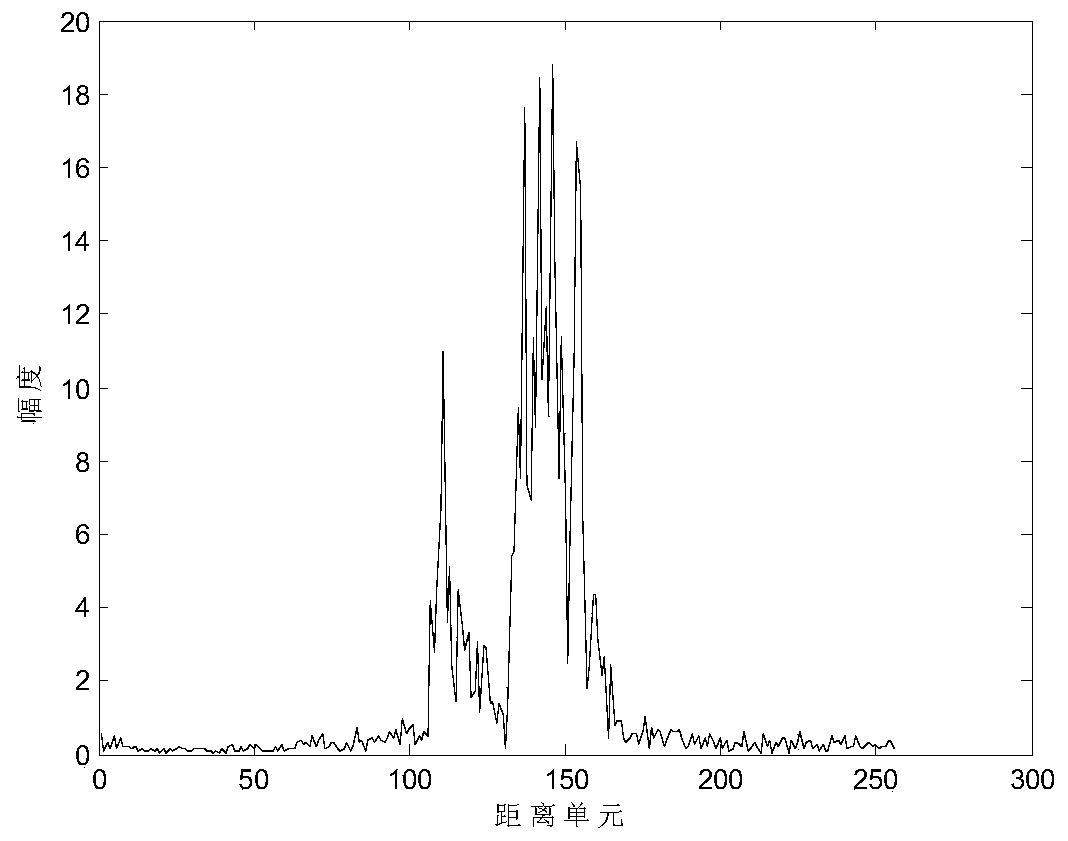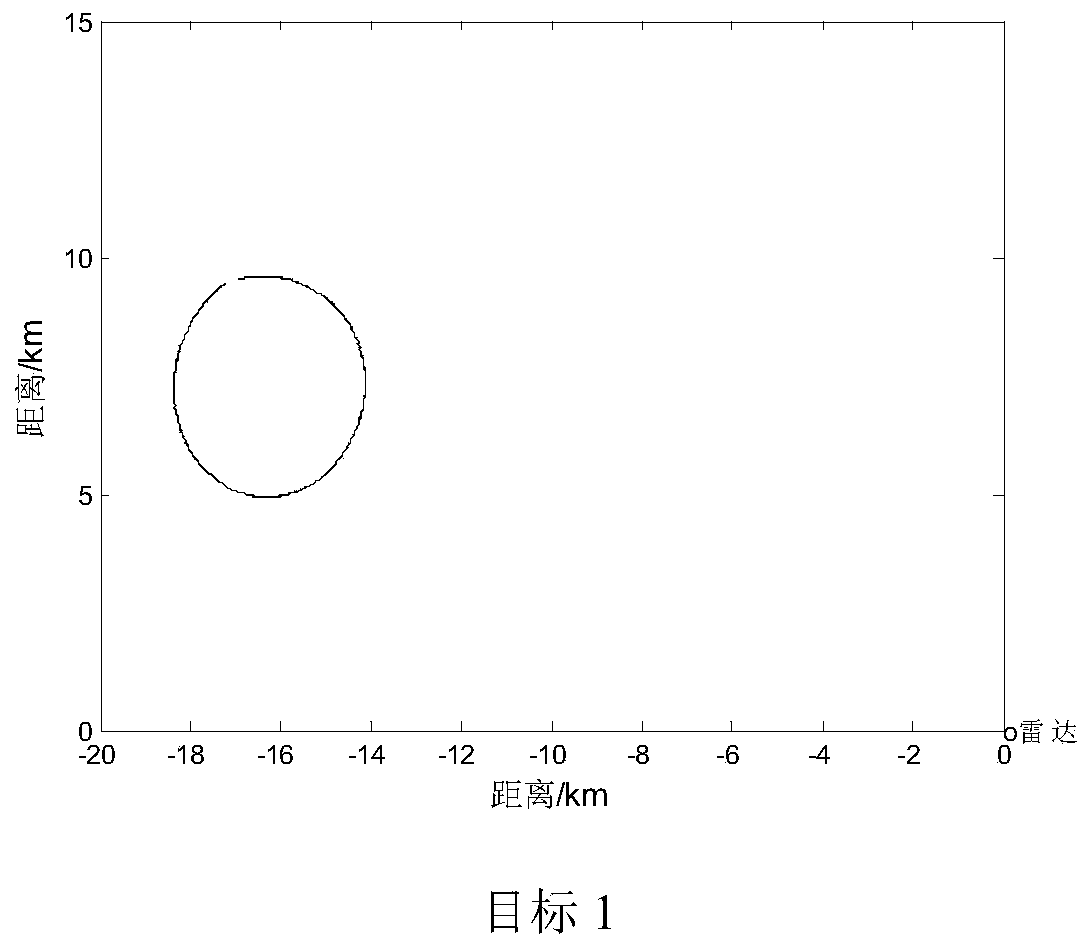A 1D Range Image Adaptive Framing Method Based on Factor Analysis Model
A factor analysis model and distance image technology, applied in the field of signal recognition, can solve problems such as unreasonable, affecting the accuracy of framing, and poor consideration of HRRP noise.
- Summary
- Abstract
- Description
- Claims
- Application Information
AI Technical Summary
Problems solved by technology
Method used
Image
Examples
Embodiment
[0061] The present invention provides a one-dimensional range image adaptive framing method based on factor analysis model, the general flow chart is as follows figure 1 shown. The existing one-dimensional range image echo data of an aircraft are as follows: figure 2 As shown, in the actual situation, the echoes of different types of aircraft are different, and the same type of aircraft also has a large difference with the change of attitude. The 3 types of aircraft target flight trajectories used in the present invention are as follows: image 3 shown. The invention mainly solves the frame-by-frame recognition problem of this kind of one-dimensional echo signal. Include the following steps:
[0062] Training phase:
[0063] Step 1: For the training sample set X=[x 1 ,x 2 ,...,x M ], (x n ∈ R 2m ) to extract its normalized frequency spectrum magnitude feature P=[p 1 ,p 2 ,...,p M ], (p n ∈ R m ),Such as Figure 4 shown;
[0064] p i =|FFT(x i )|,i=1,2,..M (1...
PUM
 Login to View More
Login to View More Abstract
Description
Claims
Application Information
 Login to View More
Login to View More - R&D
- Intellectual Property
- Life Sciences
- Materials
- Tech Scout
- Unparalleled Data Quality
- Higher Quality Content
- 60% Fewer Hallucinations
Browse by: Latest US Patents, China's latest patents, Technical Efficacy Thesaurus, Application Domain, Technology Topic, Popular Technical Reports.
© 2025 PatSnap. All rights reserved.Legal|Privacy policy|Modern Slavery Act Transparency Statement|Sitemap|About US| Contact US: help@patsnap.com



